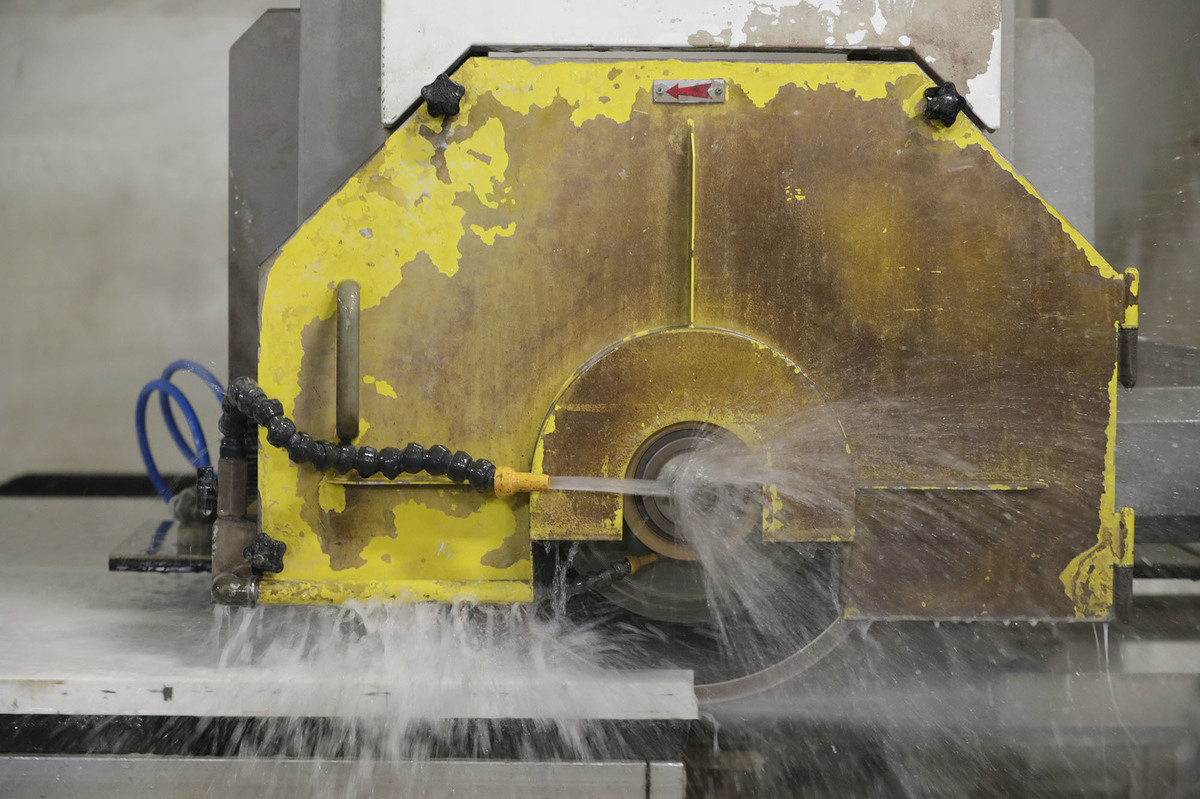


Get regular TB tests at your doctor’s office, plus an annual flu shot and pneumonia vaccine. If you have chronic silicosis, you’re at higher risk for TB, flu, and pneumonia. Sputum test: This will help evaluate other lung diseases, like tuberculosis (TB).They’ll check it under a microscope for signs of silicosis. Biopsy: In a lung tissue biopsy, the doctor will guide a needle through your chest and into your lungs to take a sample of a nodule.Bronchoscopy: The doctor will run a long, thin tube with a tiny camera on the end into your lungs to check for damage.

Chest X-ray or CT scan: This test checks your lungs for scars.Other tests to help diagnose silicosis include: Scarring stiffens and damages your lungs, and this makes it hard to breathe. When you breathe in silica, the tiny particles of dust settle deeply into your breathing passages. Silicosis is your body’s reaction to silica dust buildup in your lungs. Trouble breathing as an early symptom of silicosis.

If your job exposes you, you might have early symptoms like: Jobs in these fields may put you at higher risk: Most people get silicosis because they’re exposed to silica dust at work.
Accelerated: You’ll notice signs about 5 to 10 years after heavy exposure to silica. Symptoms may be mild at first and slowly worsen. Chronic: Problems may not show up until decades after you’re exposed to low or moderate amounts of silica. Acute: Symptoms happen a few weeks up to 2 years after exposure to a large amount of silica. This leads to scarring that makes it hard to breathe. Over time, silica can build up in your lungs and breathing passages. That’s a tiny crystal found in sand, rock, or mineral ores like quartz. It usually happens in jobs where you breathe in dust that contains silica. For more information on safeguarding against the hazards of crystalline silica at your organization, visit the Safety resources web page at is a lung disease. Pinnacol’s Safety Services team offers on-staff industrial hygienists who can help evaluate on-the-job exposure to this and other airborne contaminants and recommend steps to reduce the risks. Wash hands and face before eating, drinking or smoking following exposure. Do not eat, drink or smoke near crystalline silica dust. Use personal protective equipment, such as respirators, when necessary. Work wet by using tools with integrated water delivery systems for cutting, chipping, drilling, sawing and grinding. Use engineering and work practice controls such as operating equipment within an enclosed cab, using tools with shrouds and dust collections systems, using a HEPA-filtered vacuum for cleaning. Use materials that don't contain crystalline silica. Six ways to begin controlling silica exposure in your workplace: Requires employers to use engineering and work practice controls to reduce worker exposure to silica dust (e.g., water to wet down the dust, or HEPA-filtered vacuums and local exhaust ventilation and dust collection systems to capture and remove dust), provide respirators when engineering and work practice controls cannot adequately limit exposure, limit worker access to high exposure areas, provide training, develop a written exposure control plan, measure exposures, and offer medical exams to highly exposed workers. Reduces the permissible exposure limit for respirable crystalline silica to 50 micrograms per cubic meter of air, averaged over an eight-hour shift. Is your company prepared for an OSHA visit? Key provisions of OSHA’s crystalline silica rule The rule establishes an updated permissible exposure limit and includes several provisions that apply to the construction industry that will are routinely enforced. In 2016, the Occupational Safety and Health Administration (OSHA) issued a final rule to protect America’s workers by limiting their exposure to respirable crystalline silica.








 0 kommentar(er)
0 kommentar(er)
